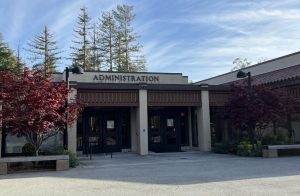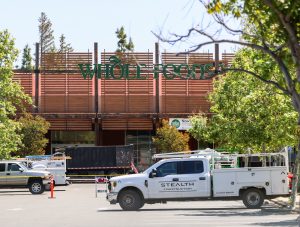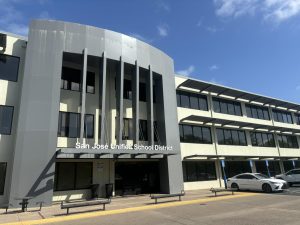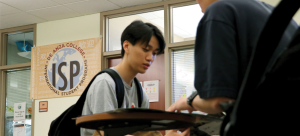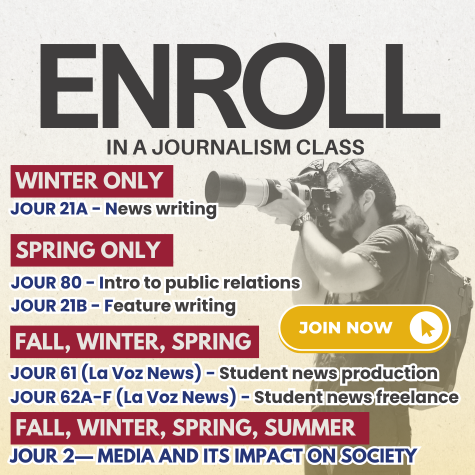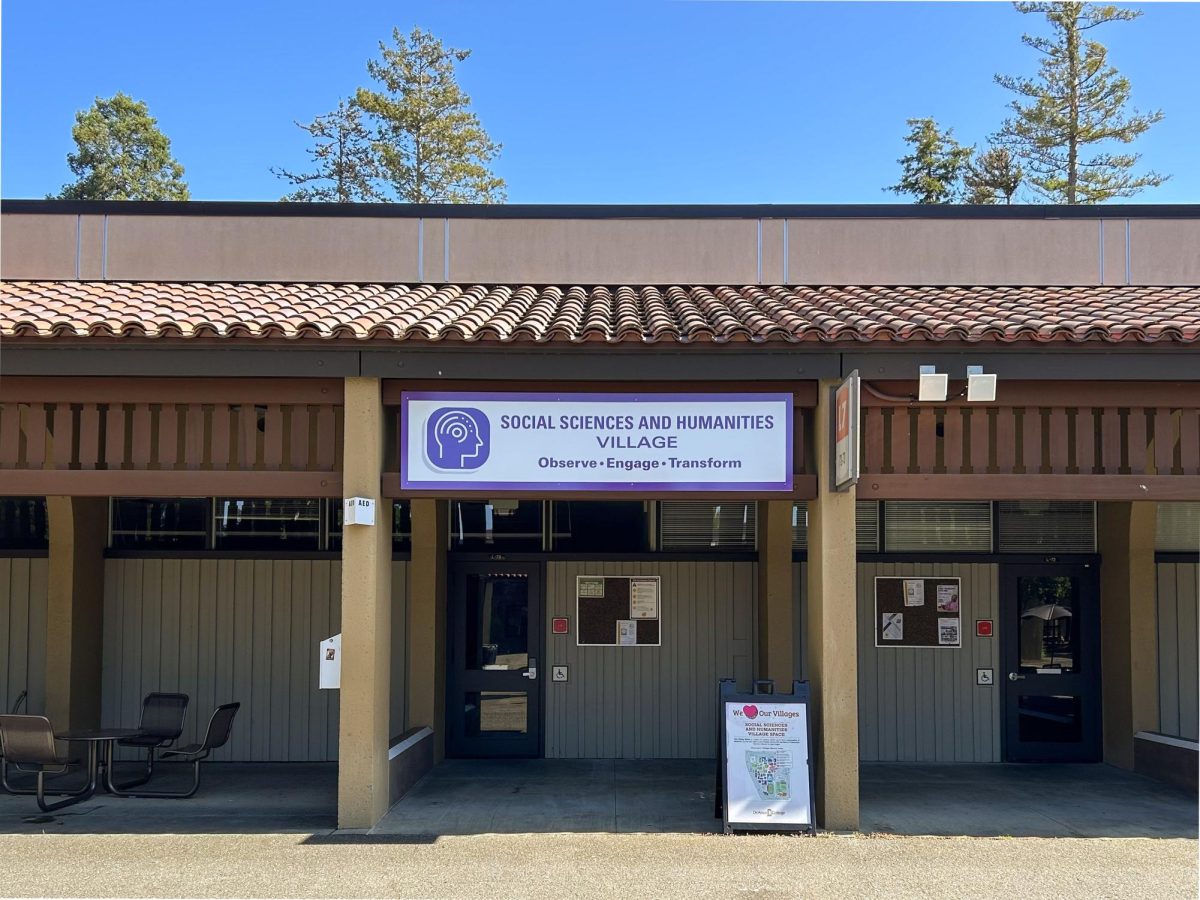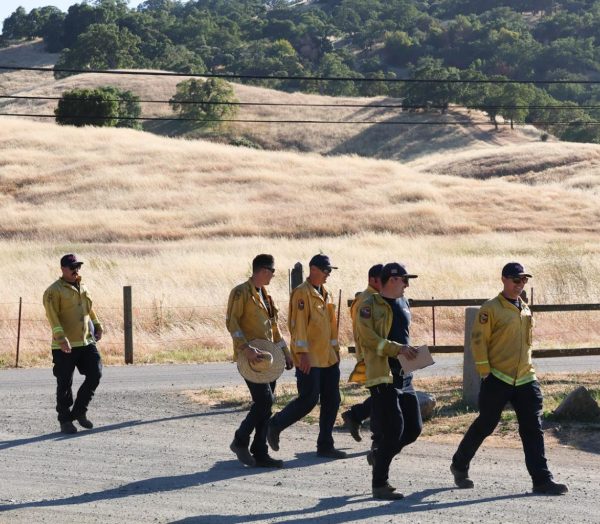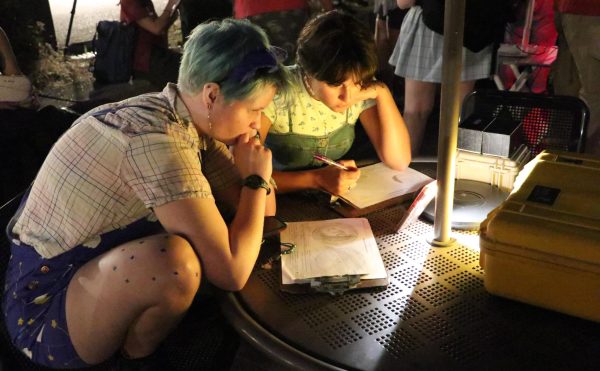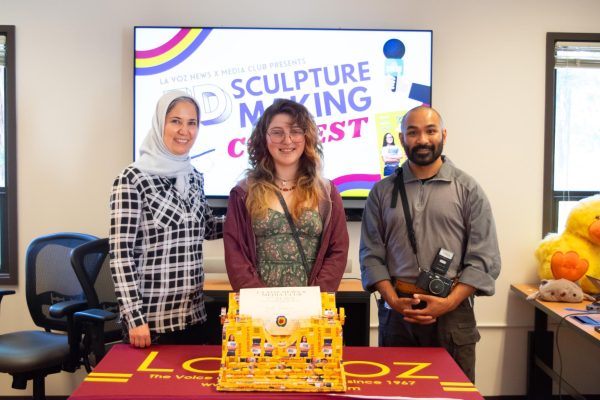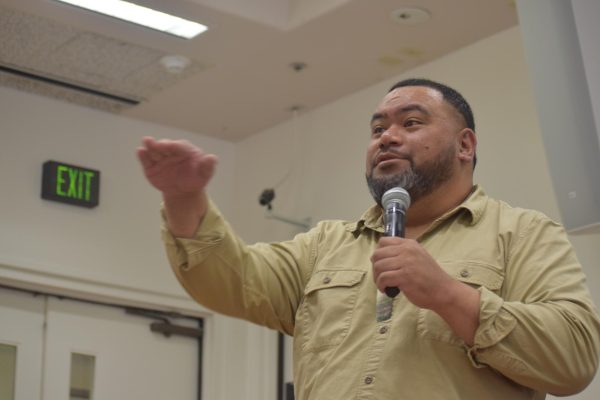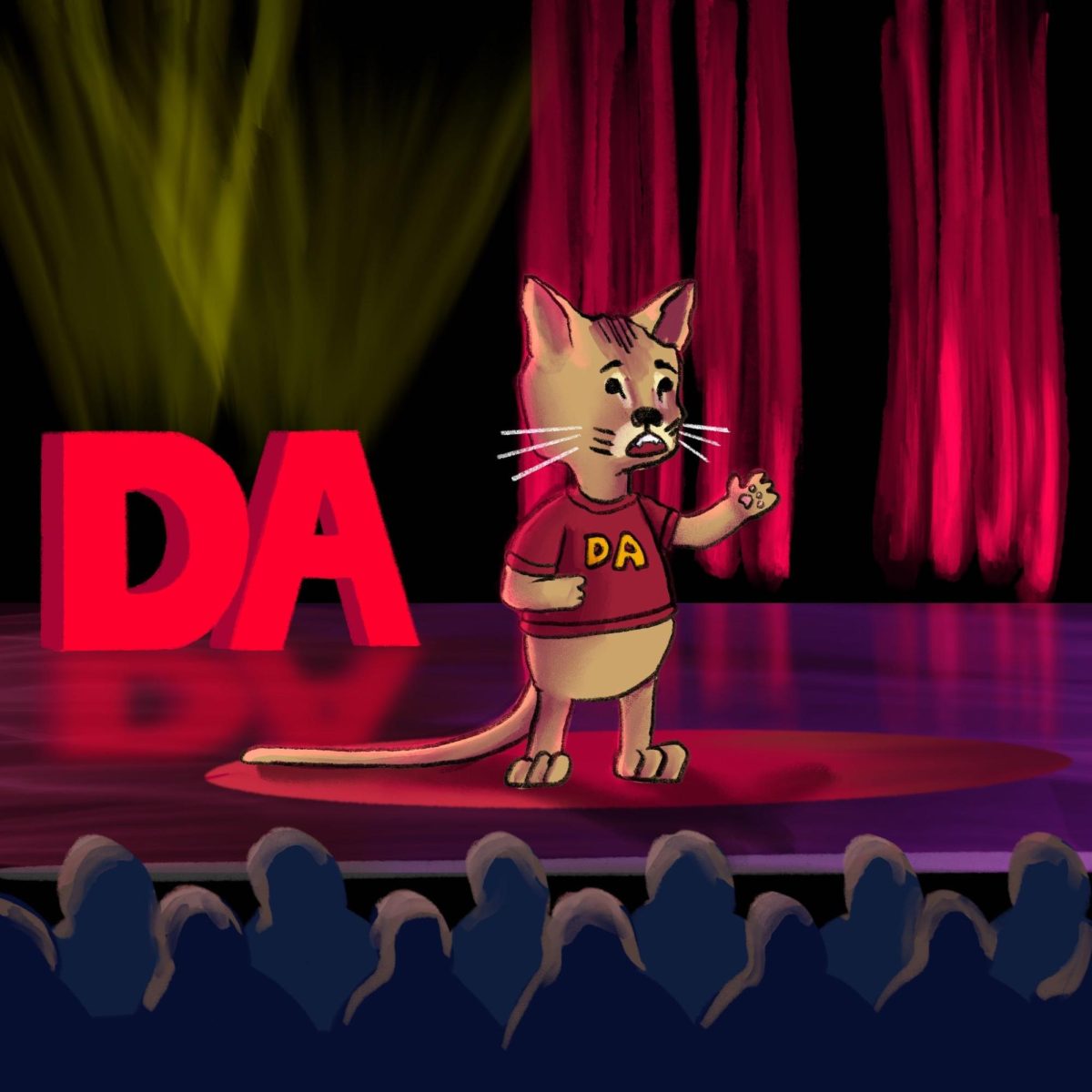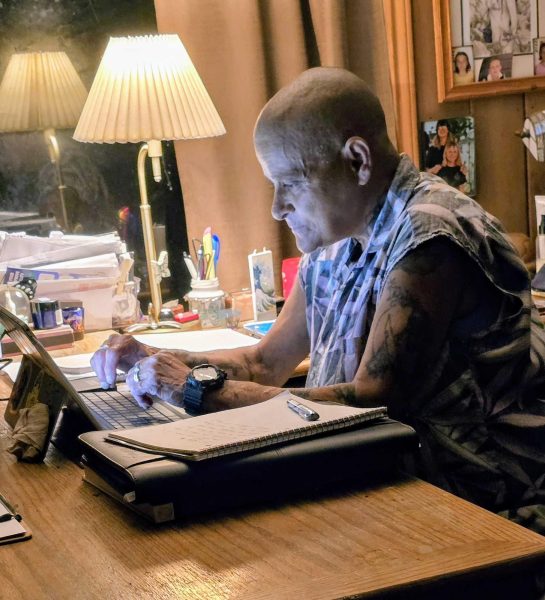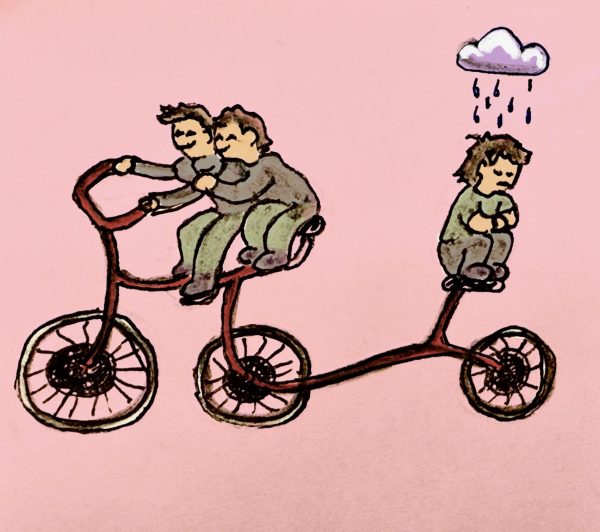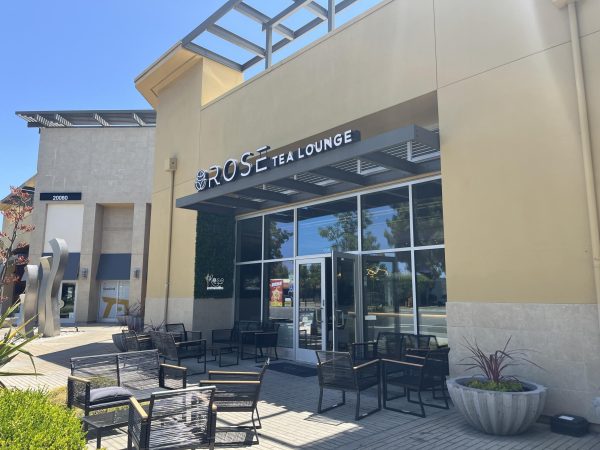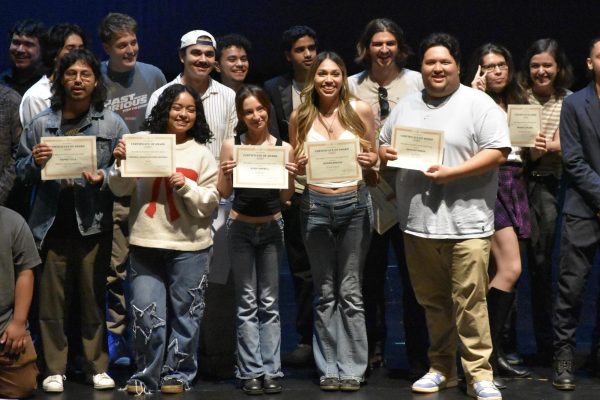Student wage increase, possible layoffs, Flint Center renamed to De Anza Event Center
January 21, 2020
The Foothill-De Anza Board of Trustees plans to increase student wage to $15 an hour in January 2021, which may result in student employee lay-offs, a decrease in new hires and an increase in prices at the bookstore and cafeteria.
De Anza College employs 802 students on campus. According to estimations by the district and Susan Cheu, vice chancellor of business services, that number will drop to 664 as the wage increases, which is around a 17 to 18% decrease in student employment.
“It’s really difficult, there is no easy answer,” said Cheu.
Student employees are currently paid $13 an hour, despite Cupertino’s minimum wage being $15 as of January 2019.
The raise is in response to student needs and state minimum wage upping from $12 to $15 an hour in 2022, with the current wage unable to financially support the full cost of being a student.
Associated Foothill College Student President Leonardo Blas advocated for the increase in wage because while working for Foothill, $13 an hour was not enough to cover his daily costs.
“I had to work many hours in order to make what my peers were hired to make,” he said. “One meal could be up to 8 bucks for students, and just the two extra bucks, the jump from 13 to 15 bucks, means a lot.”
The increase in wage will cost the district a large amount of money, which has not been estimated yet, which will cause a raise in bookstore and cafeteria prices. District analysts are still unsure how much the prices will be affected.
Despite the possible impacts of the increased wage, the FHDA Board of Trustees acknowledged that the raise is necessary to support student employees.
“We have no choice. We need to raise the standard,” said trustee Laura Casas.
Patrick Ahrens, member of the board and De Anza alum, pushed for the raise. He worked as a De Anza student employee around 10 years ago and was paid $13 an hour, which he said helped pay for his education.
“These positions on campus are really transformative,” he said.
The board is also opening up the conversation to other creative solutions and plan to continue to discuss possible solutions at the next board meeting on Feb. 3, Monday.
“I think if we spend a bit more time on this as a district, we can come up with different funding sources that we can bring back to the board,” said Ahrens.
Update on the Flint Center
The FHDA Board of Trustees is considering repurposing the Flint Center into an event space, where the community can come and enjoy events that De Anza hosts.
The Flint Center, which is now being called the De Anza Event Center by the board, has been considered to be rebuilt into affordable student housing, but is now being considered to be a community entertainment space.
“We definitely want to follow the direction which is the highest use for the college, so what the activities [would be] that would go on there would be flexible,” said Judy Miner, chancellor of the FHDA district.
The board discussed ideas of hosting Cinequest, musical performances and community dinners in the new building as well as a space for student clubs to host their events.
Tentative designs for architecture that would best suit an event space were also discussed.
“[Residents] have spoken up and are very interested in this being the front door of the campus,” Miner said. “This is entirely community oriented.”
Peter Landsberger, vice president of the board, advocated for listening to the community and its feedback on the future of the Flint Center.
“Referring to this as the De Anza Event Center, I take that as a reflection of all the input,” he said. “So far it seems to be a growing consensus that something like an events center is what’s needed.”
Student housing is still being considered an option, despite a focus on an events center. The board discussed having nights where students in need could spend the night in the building as a part of shorter term housing.
But the future of the Flint Center is not certain and could be subject to change.
“It is a process of narrowing down the possibilities, but we don’t want to close anything,” Miner said.




